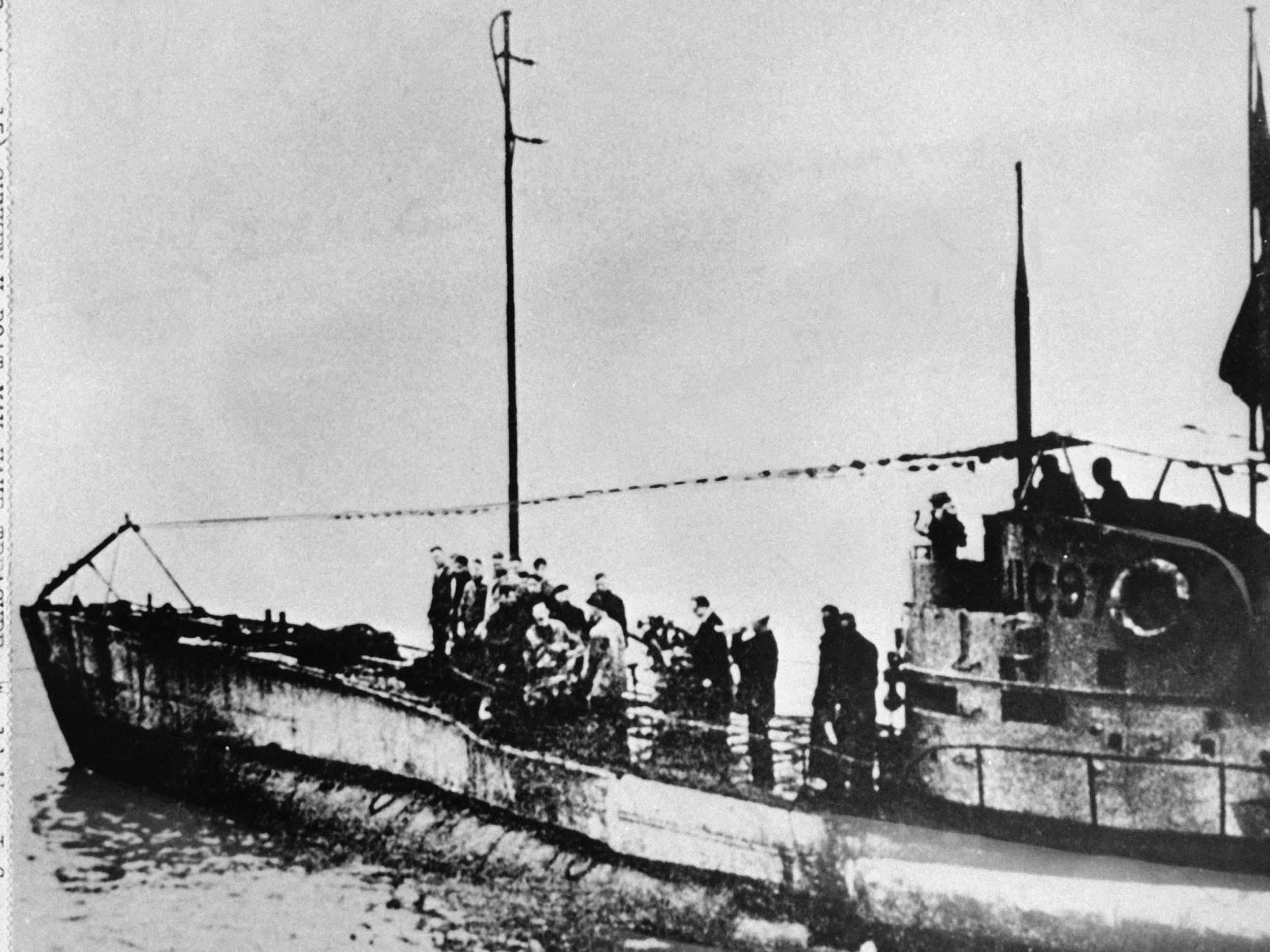German First World War submarine with 23 bodies inside discovered off Belgian coast
Wreck of UB II-type dive boat thought to have sunk after being struck by mine a century ago found in undisclosed location in North Sea

Your support helps us to tell the story
From reproductive rights to climate change to Big Tech, The Independent is on the ground when the story is developing. Whether it's investigating the financials of Elon Musk's pro-Trump PAC or producing our latest documentary, 'The A Word', which shines a light on the American women fighting for reproductive rights, we know how important it is to parse out the facts from the messaging.
At such a critical moment in US history, we need reporters on the ground. Your donation allows us to keep sending journalists to speak to both sides of the story.
The Independent is trusted by Americans across the entire political spectrum. And unlike many other quality news outlets, we choose not to lock Americans out of our reporting and analysis with paywalls. We believe quality journalism should be available to everyone, paid for by those who can afford it.
Your support makes all the difference.An intact German First World War submarine containing the bodies of 23 people has been found off the coast of Belgium, authorities said Tuesday.
Western Flanders Governor Carl Decaluwe told the Associated Press that the find on the floor of the North Sea “is very unique.”
“It’s quite amazing that we found something like this,” Decaluwe said. “The impact damage was at the front, but the submarine remains closed and there are 23 people still onboard.”
The UB II-type dive boat that was found is 27 metres (88 feet) long and 6 metres (almost 20 feet) wide, and is lying at about a 45 degree angle, between 25-30 metres (82-98 feet) below the surface.
From the damage to the front of the vessel, it appears that the sub may have struck a mine with its upper deck. Two torpedo tubes have been destroyed but the lower tube is intact and closed.
Video images show the submarine encrusted with barnacles and seaweed. It is also adorned with fishing gear, including nets.
Decaluwe said the U-boat was found by researchers. He declined to provide details about its location until the site has been protected. He has contacted the German ambassador because “we need to see what can do” with the remains.
Around 18 U-boats were stationed with the Flanders Flotilla in Bruges between 1915 and 1918. Thirteen of them were destroyed.
It’s the 11th such wreck to be found in Belgian waters.
Allied warships and cargo ships were easy pickings for the German subs that were launched from Bruges, just across the English Channel.
AP
Join our commenting forum
Join thought-provoking conversations, follow other Independent readers and see their replies
Comments